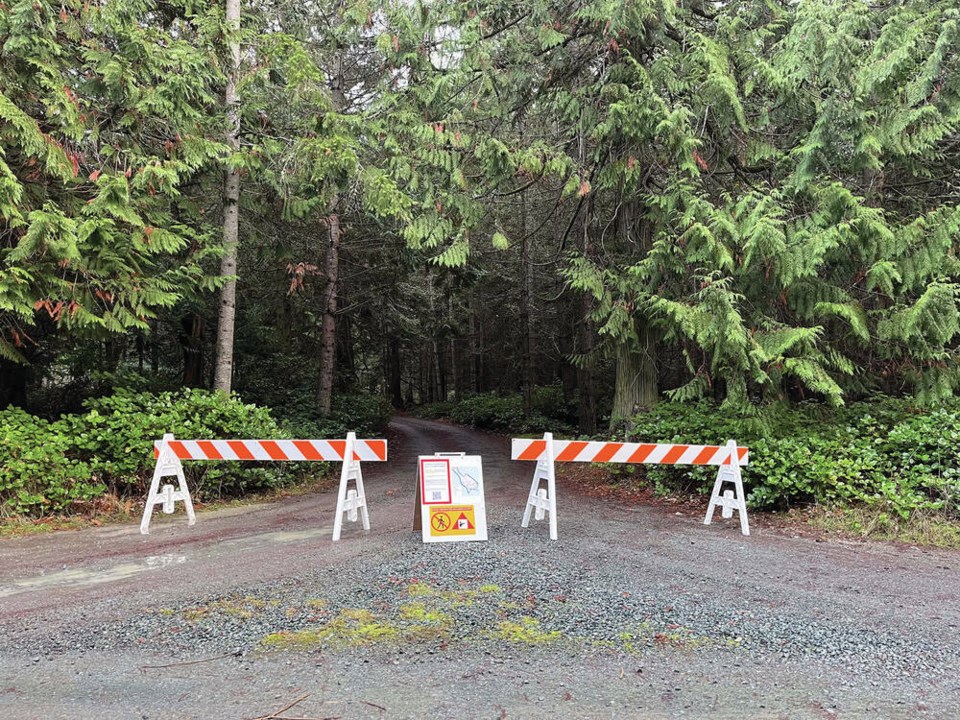Parks Canada is defending the $12-million price tag for its plan to kill all the fallow deer on Sidney Island as part of an ecological restoration project.
The federal agency has been under intense criticism for months for spending millions on a program to eradicate fallow deer on the nine-square-kilometre island, a portion of which is part of the Gulf Islands National Park Reserve, while the rest is privately owned.
On Wednesday, the Canadian Taxpayers Federation slammed Parks Canada for the $12-million project, calling it a waste of money, especially when recreational hunters have been killing the invasive deer “for free” for several years.
It called on Parks Canada to stop the program as it goes into a second phase this fall and winter.
In a statement on Thursday, Parks Canada said the goal of the Sidney Island Ecological Restoration Project is to conserve the threatened Coastal Douglas-fir forest ecosystem, which it called “one of the most ecologically diverse and imperiled zones in Canada.”
On the island, that ecosystem has been “significantly damaged” due to over-browsing by invasive fallow deer, the statement said.
Parks Canada said recreational hunting over 40 years has been “unsuccessful” in controlling the population of the fallow deer, so a long-term solution was needed that involved “managing invasive plants, re-establishing native plants and completely removing invasive fallow deer.”
The estimated cost to eradicate the fallow deer is $5.9 million, just one portion of the overall project, said Parks Canada.
The contract for the deer eradication is being carried out by B.C. firm Coastal Conservation.
The initial phase of the deer-kill plan over 11 days in December saw U.S.- and New Zealand-based sharpshooters kill fallow deer from a helicopter during the day and on the ground at night. But only 84 deer were killed — a toll that included 18 native black tail deer and three that couldn’t be identified.
The Taxpayers Federation noted that residents of Sidney Island who organize annual hunts every fall managed to kill 54 fallow deer in October and November “at no cost to taxpayers.”
The amount spent by Parks Canada on the project from April 1, 2023 to March 31, 2024 was $796,340, just under the $800,000 anticipated for Phase 1, said Parks Canada.
According to documents obtained by the Taxpayers Federation through access-to-information requests, expenditures included $67,000 to lease a helicopter and $137,000 on firearms certification for international workers to use restricted weapons.
Parks Canada said the cost included meat processing, Indigenous harvesters and support for sustainable Indigenous harvesting practices and procurement, equipment purchases and rentals, outreach activities and amounts paid to contractors.
The objective of the next phase of the project is complete removal of deer. “This is different than conducting a cull to reduce the population,” said Parks Canada.
It said that work requires experienced specialists who were not available in Canada as “bid solicitations yielded no responses.”
Parks Canada has said temporary fencing will create enclosed zones of 40 to 120 hectares across Sidney Island and professional ground-based marksmen will kill the remaining deer.
Parks Canada did not do a detailed census of the fallow deer on Sidney Island before the kill and has relied on a wide estimate of between 300 and 900 fallow deer, though some resident hunters say the number is closer to 200.
Costs of the overall restoration project, which is currently budgeted at just under $12 million over several years, include more than addressing the issue of fallow deer, said Parks Canada.
The price also includes purchasing and planting native plant species, removing invasive species, outreach efforts to engage the public, scientific study and analysis, compensation for contractors and ensuring work is done collaboratively with First Nations, it said.
Parks Canada said it has invested in “thorough expert analysis” in partnership with First Nations, specialists and animal welfare organizations to implement the project.
>>> To comment on this article, write a letter to the editor: [email protected]



